Marketers understand the importance of high-quality content and savvy search engine optimisation (SEO) in helping them achieve their marketing objectives, but that doesn’t mean success is simple to come by.
The objective of a Google search is simply to offer the best answer for each keyword. However, its capacity to produce the optimal answer has improved with time, allowing it to provide the best option more frequently.
This thorough list of insights from Google Search Advocate John Mueller will help you brush up your SEO skills and help you to optimize the web pages with quality content.
John Mueller, Google’s Search Advocate, had listed out multiple SEO tips for creating better content. We have compiled those tips in this article. Many of the suggestions in this article come from after-hours hangouts.
This collection of SEO tips also includes significant insights from Mueller’s search explanatory videos, which are released less frequently.
So let’s begin.
Here’s a list of best SEO tips from John Mueller to consider for creating better content:
-
Make your targeted keywords as visible as possible
John Mueller recommends putting targeted keywords in the most visible areas, such as titles, headers, subheadings and so on.
“If there’s something precise you want to tell us regarding your page, I suggest making it as apparent as possible.
So don’t just mention it in passing at the bottom of your piece. Instead, incorporate it into your titles, headings, subheadings, and image captions…
All of this is done to make it as plain as possible to users and Google that your page is about this topic when they visit it.”
Unlock higher rankings, quality traffic, and increased conversions through tailored award-winning SEO strategies.
Elevate your web presence by Infidigit’s SEO solutions.
Unlock higher rankings, quality traffic, and increased conversions through tailored award-winning SEO strategies.
-
It should be improved or removed
When asked whether low-quality information should be improved or removed, Mueller’s response is that upgrading it is the best option.
However, if you have no plans to improve the content, you should immediately remove it.
“I think you should keep it if you think it’s solid stuff that you want to put on your website with your name on it. It’s not necessarily horrible just because it’s old.
But if you look at it and think to yourself, “Oh, this is humiliating for me now; I don’t want it to be on the internet,” it’s terrible. Then I’d suggest either improving it or getting rid of it.”
-
Place unique content above the fold.
As per Mueller, above the fold, a Web page must feature at least some unique content.
Although there will be great possibilities that some content is copied between pages, there should be a minimum amount of unique content at the top of the page.
“For us, the most critical factor is that the above-the-fold space has some original content. It’s perfectly OK if you have a banner on top and a generic hero image on top. However, part of the content above the fold should be unique to that page.”
-
Place high priority on spelling and grammar
Poor spelling and grammar are considered a quality problem by Google since they can directly impact a user’s experience.
“In terms of spelling and grammatical issues, I believe that there is a bit more of a grey area in that on the one hand, we must be able to distinguish what a page is about.
And it’s even more difficult if we can’t notice it since there are so many faults on the page in the text.
Another consideration is that we strive to identify truly high-quality content on the internet, and occasionally it appears that a website is of inferior quality since the text has several grammatical and technical errors.
I’d nearly say that for most websites, spelling and grammar take precedence over broken HTML.”
-
Major portions of content are indexed within a week
After a new page is launched, indexing can take anything from a few hours to several weeks.
Within a week, Mueller argues, the majority of excellent material is taken up and indexed. Watch this video to learn more.

-
Having the same content in several formats is not duplication
The same content distributed in different formats, such as a video and a blog entry, is not considered duplicate material.
Google, at the moment, does not transcribe video dialogue so that it may be compared to the content in a blog post.
“First and foremost, we do not conduct text analysis on the videos before mapping them to webpages. Even if your video contains the same content as your blog post, it is still unique. People go to Google with the intention of reading something, and they go to Google with the aim of watching or listening to something, which are two very different things.
We wouldn’t say the wording in this video is identical to that in a blog post, therefore we don’t show either of them or show only one of them. So I think it’s great if you have a video that corresponds to your blog content.”
-
Include large numbers of affiliate links for valuable content
If the primary content of a website is beneficial to the Web, having a lot of affiliate links isn’t a bad thing.
As long as the content is valuable, websites can contain as many affiliate links as they want on a single page.
“There are no boundaries. We’re not saying affiliate links are bad or troublesome from our perspective. It’s more of a question of, well, having some useful material on your page as well. So that’s the approach we’re taking there.
The number of affiliate links on a website is completely immaterial. The number of links to the length of the article is likewise unimportant.”
-
Embedded videos and uploaded videos are equally valuable
Videos embedded from other websites have the same SEO value as videos housed on a website natively.
“It’s basically the same thing. For example, it’s usual to have a distinct CDN (content delivery network) for videos, which is really a separate website. That’s absolutely OK in our opinion if it works for your users and your material is appropriately accessible for indexing.”
-
Too many internal links might lower their value
Using a large number of internal links on the same page can dilute their effectiveness.
When asked if having too many internal links on a page is harmful, Mueller responds:
“Both yes and no. I think that we use internal links to better understand the structure of a page, and that if we’re attempting to understand the structure of a website, with all of the different pages that are out there, if all of the pages are linked to all of the other pages on the website, where you essentially have a complete internal linking across every single page, then there is no real structure there.
So, regardless matter what PageRank, authority, and other metrics you pass, you’re effectively not offering a clear website structure. As a result, search engines have a tougher time understanding the context of specific pages on your website. So that’s how I’d look at it in that situation.”
-
For charts, use images instead of HTML
When displaying a chart in the primary material, Mueller advocates employing graphics rather than plain text.
There’s no reason to use HTML to create a chart. It’s totally acceptable to use an image with an intelligible alt attribute.
“I believe it is somewhat dependent on your goals for the chart. Normally, I would just add these types of items as a picture and make sure that the image has an understandable alt property.
So, if there’s any important information in that chart that has to be communicated, put it in the alt attributes. So we can read it as text, and folks who can’t see the image can still get the information. However, I would prefer to use photos in general.”
-
Use anchor text to provide context
Internal links can help Google find more content on a website, Therefore, the anchor text should explain what the linked page is about.
“When it comes to internal links, you’re sending us a context signal. So you’re basically suggesting that you’ll discover information on this issue in this section of my website. And that’s the anchor text you’d use for those internal links…
When it comes to external links, the same rules apply if you’re linking to other people’s websites. For example, add some context as to why visitors should go to this site and what kind of further information it provides.”
-
Longer anchor text provides more context to Google
On a page, there’s nothing wrong with employing extensive anchor text. In fact, it might be beneficial. Anchor text is used by Google to understand more about the website to which it is linked. The more context you give Google with your anchor text, the better. When ranking the page, that information will be taken into account.
“We don’t seem to pay attention to the length of phrases in the anchor text. This anchor text, on the other hand, is used to provide more context for the particular pages.
When you have a longer anchor text, it provides us with a little more information. It can sometimes appear to be nothing more than a jumble of distinct keywords.”
-
Google doesn’t understand sarcasm
Writing content in a snarky tone may appeal to people, but it will not impress Google.
Because sarcasm is likely to be misunderstood by Google’s algorithm, avoid employing it in content that conveys vital information.
“I’d say there’s a good chance we’ll misunderstand something like that, or that we won’t recognise sarcasm when we see it on a page.
And, particularly if it’s something where getting the appropriate message through to Google and all users is crucial, I’d make sure it’s as clear as possible.
So, if you’re discussing medical knowledge, you should probably avoid sarcasm.
If you’re writing about… entertainment or anything like, this is definitely less of a problem.”
Conclusion
I believe this article will help you create better content and provide maximum value to end-users.
If you have any queries with respect to this article feel free to comment below. I’ll be happy to answer all your questions
Popular Searches
How useful was this post?
5 / 5. 1











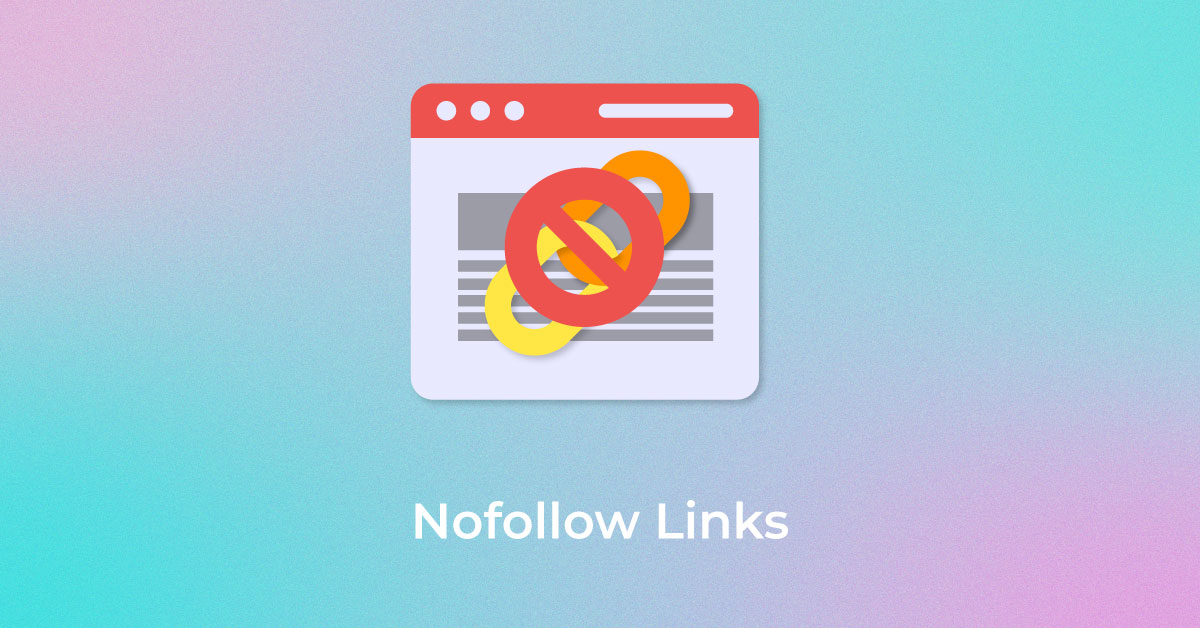
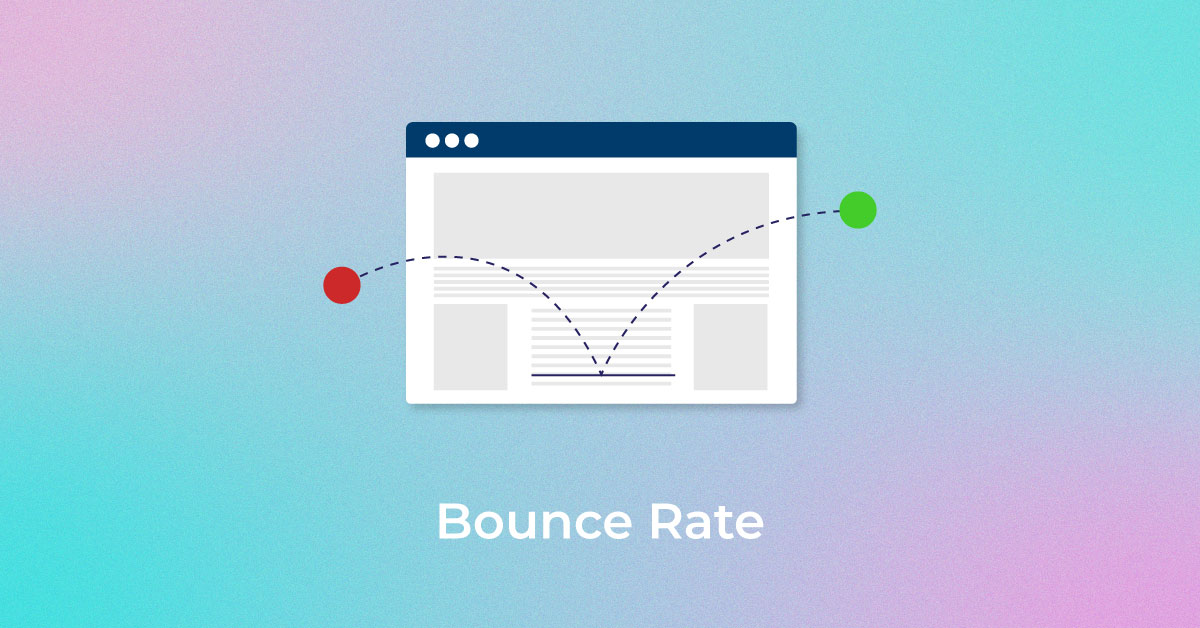

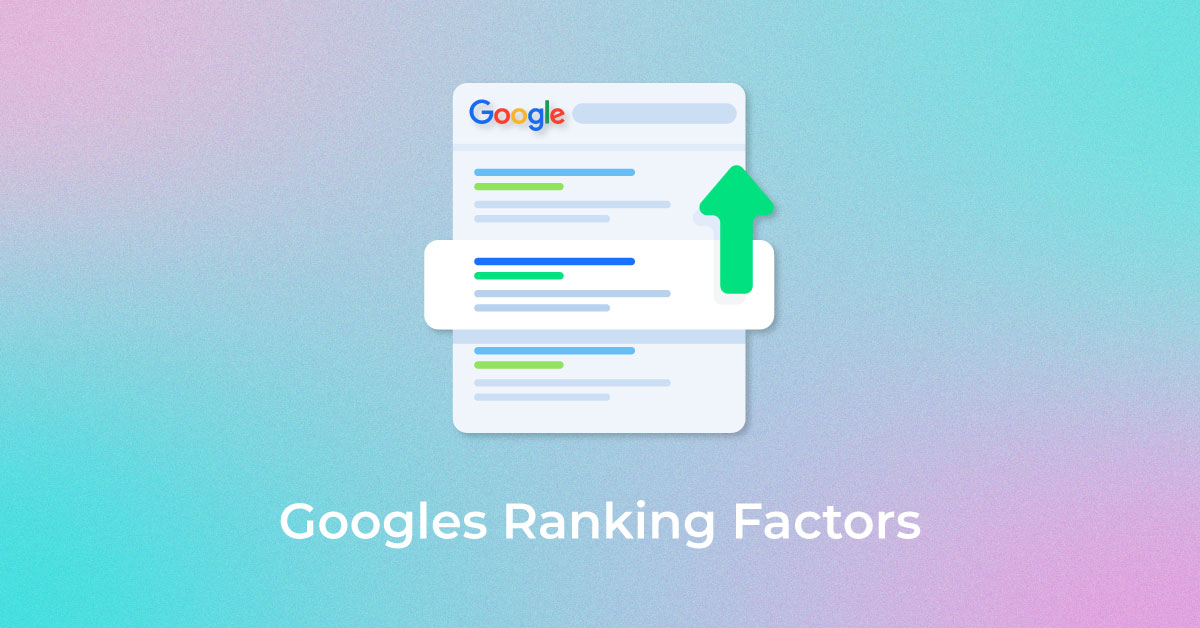
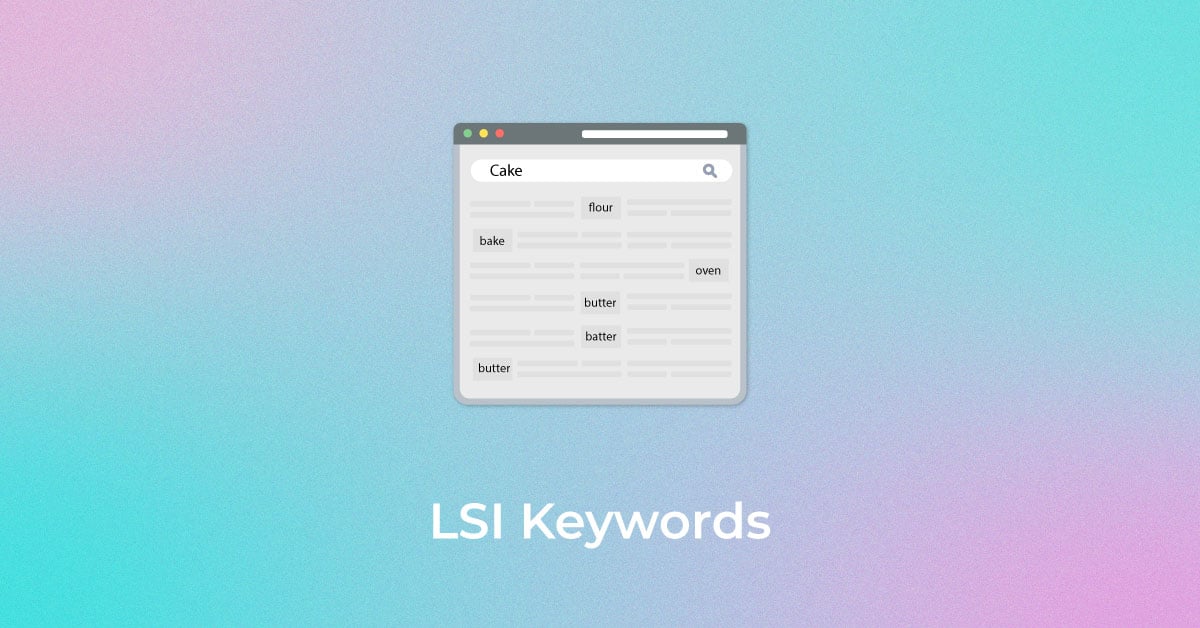

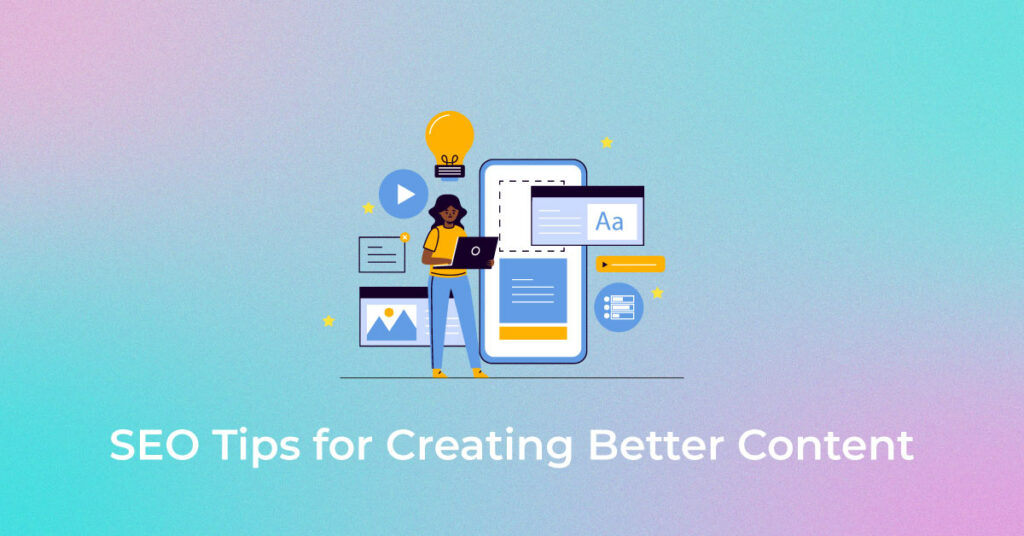
6 thoughts on “SEO Tips for Creating Better Content from Google’s John Mueller”
Hello, I Liked your blog so informative idea to share with us. Thank you for very useful SEO services tips keep it up!
it was great article thanks for shairing
We are glad that you liked our post.
Thank you for your valuable SEO tips. This is very helpful.
Thank You for this wonderful and much required information
Glad to know that it was useful. Check out our latest posts for more information.